Know The Average Order Value For Your Shopify Store
There’s one metric you need to pay attention to if you want to drive revenue growth for your online store: Average Order Value (AOV.) It may sound like some complex finance term, but it’s a critical number that can make or break your ecommerce success.
In this post, we’ll explain the average order value and why it matters. We will also offer actionable tips to increase the average transaction value in your ecommerce business.
Whether you’re just starting or looking to take your business to the next level, optimizing Average Order Value should be a top priority. The good news? You can significantly boost customer purchase sizes and your bottom line with the right strategies and tools.
Automate your AOV strategies. Try MESA free! – no coding required.
Topics:
The fundamentals of average order value
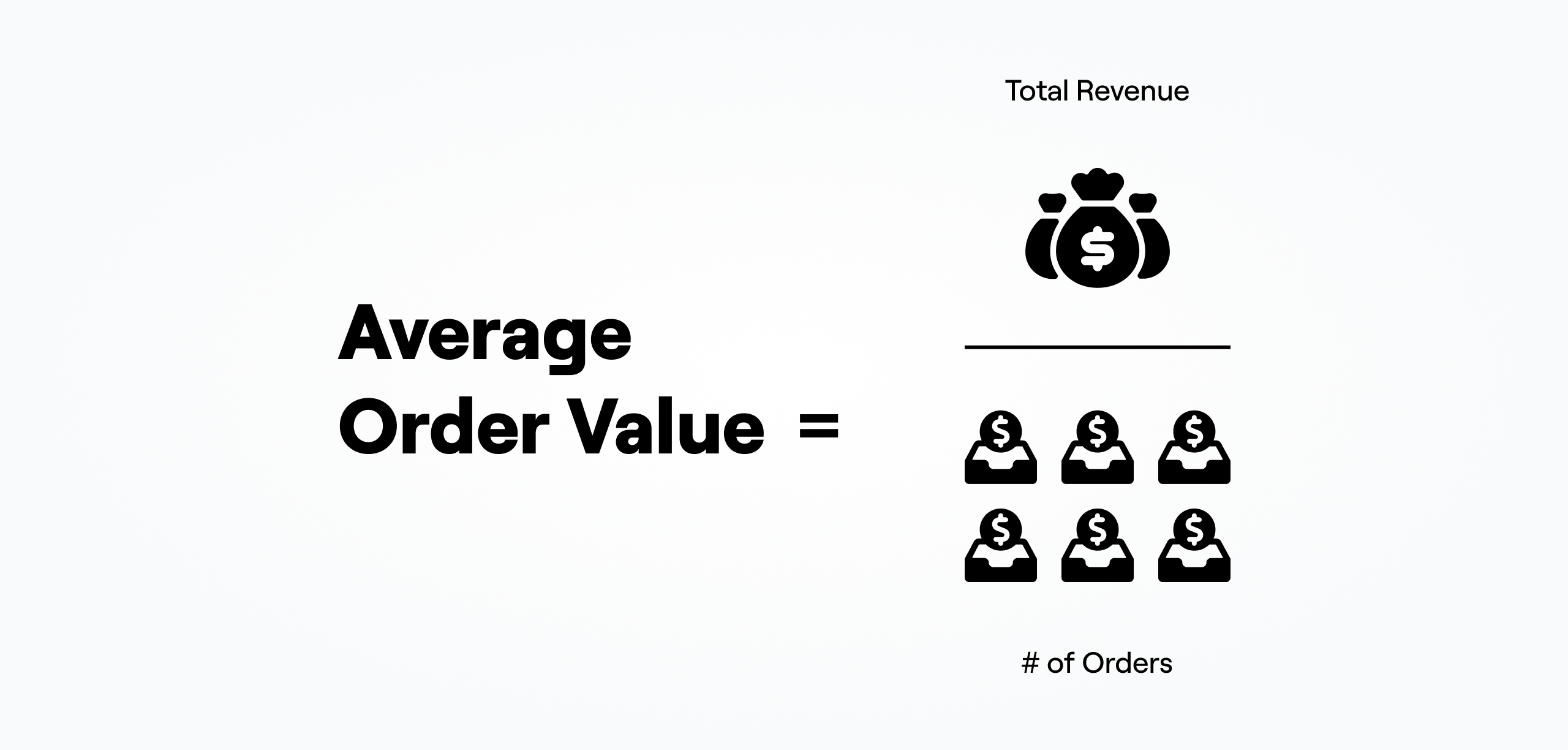
Here is the formula to calculate average order value:
Average Order = Total Revenue/Number of Orders
First things first, let’s start with the basics by defining what Average Order Value is. AOV is calculated by taking your total revenue over some time and dividing it by the number of orders placed. In simple terms, it’s the average dollar amount customers spend each time they purchase from your store.
This number gives you insight into the buying behavior of your customers. And it has direct implications for the profitability of online businesses. With higher average order values, you make more money per sale. In turn, your overall revenue and margins increase without acquiring new customers.
It’s a lever you can pull to scale your Shopify business faster. Higher order values often indicate that customers find real value in your products. It builds loyalty and improves customer retention over the long term.
Key strategies to increase AOV in your Shopify store
You probably want to know, “How do you increase the average order value on Shopify?”
Boosting AOV can be challenging, but it’s worth the effort. In this section, we’ll outline key strategies you can implement immediately to encourage customers to spend more when purchasing from you.
Use upsells and cross-sells
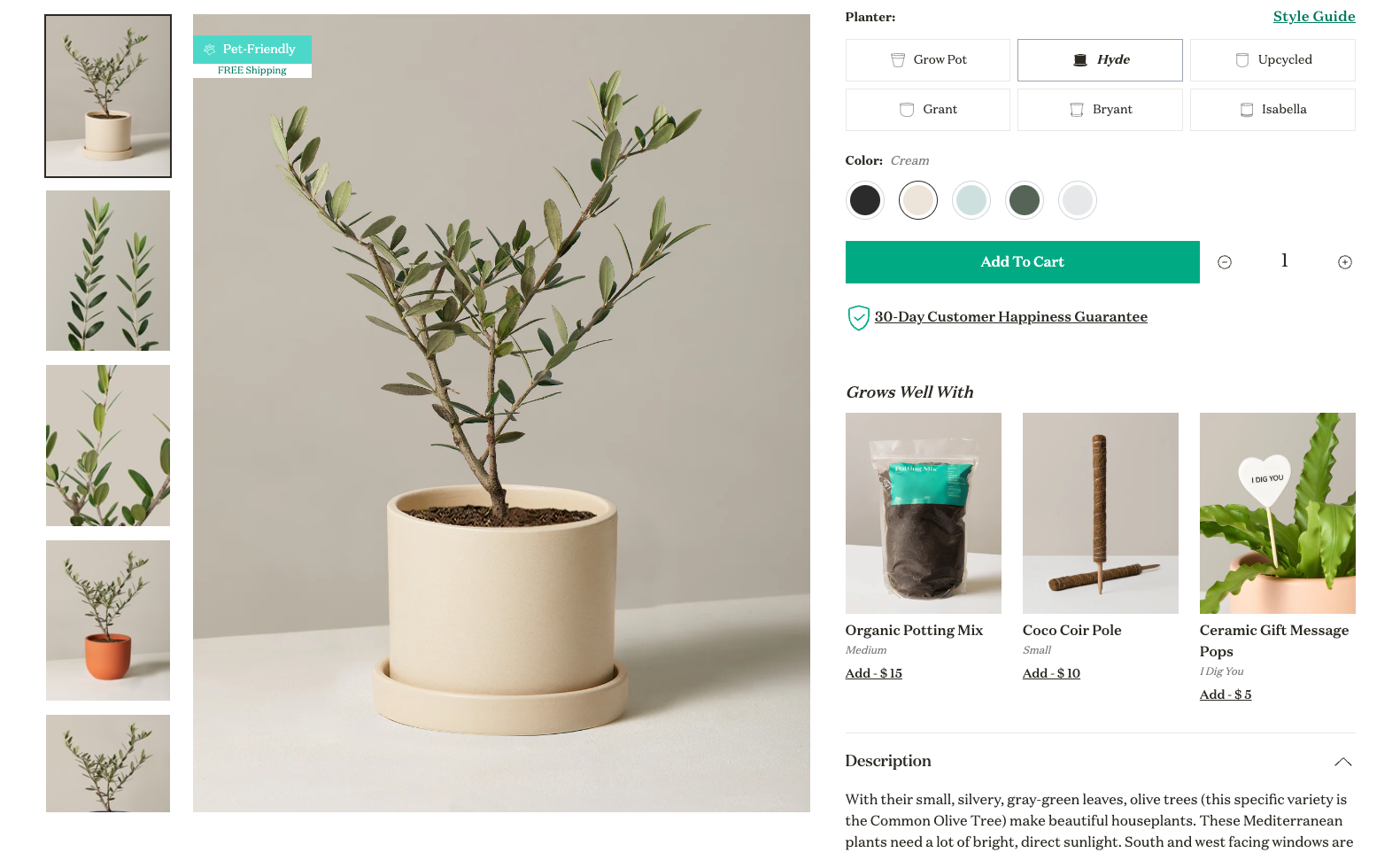
One of the most straightforward ways to increase average order value on Shopify is through upsells and cross-sells. It grows the customer’s basket size without needing to acquire new customers.
Upsells show customers a higher-tier or more expensive version of an item already in their cart. For example, they are upgrading from standard to premium membership. Meanwhile, cross-sells recommend complementary products that offer more value when purchased together. Think – chips with guacamole.
The key is presenting these offers in a helpful rather than pushy way. Be selective with what you show customers. Only suggest products that make logical sense based on their purchases.
Descriptive language is essential here as well. Focus on the benefits customers will enjoy from purchasing an upsell or cross-sell.
Provide bundles deals and promotions
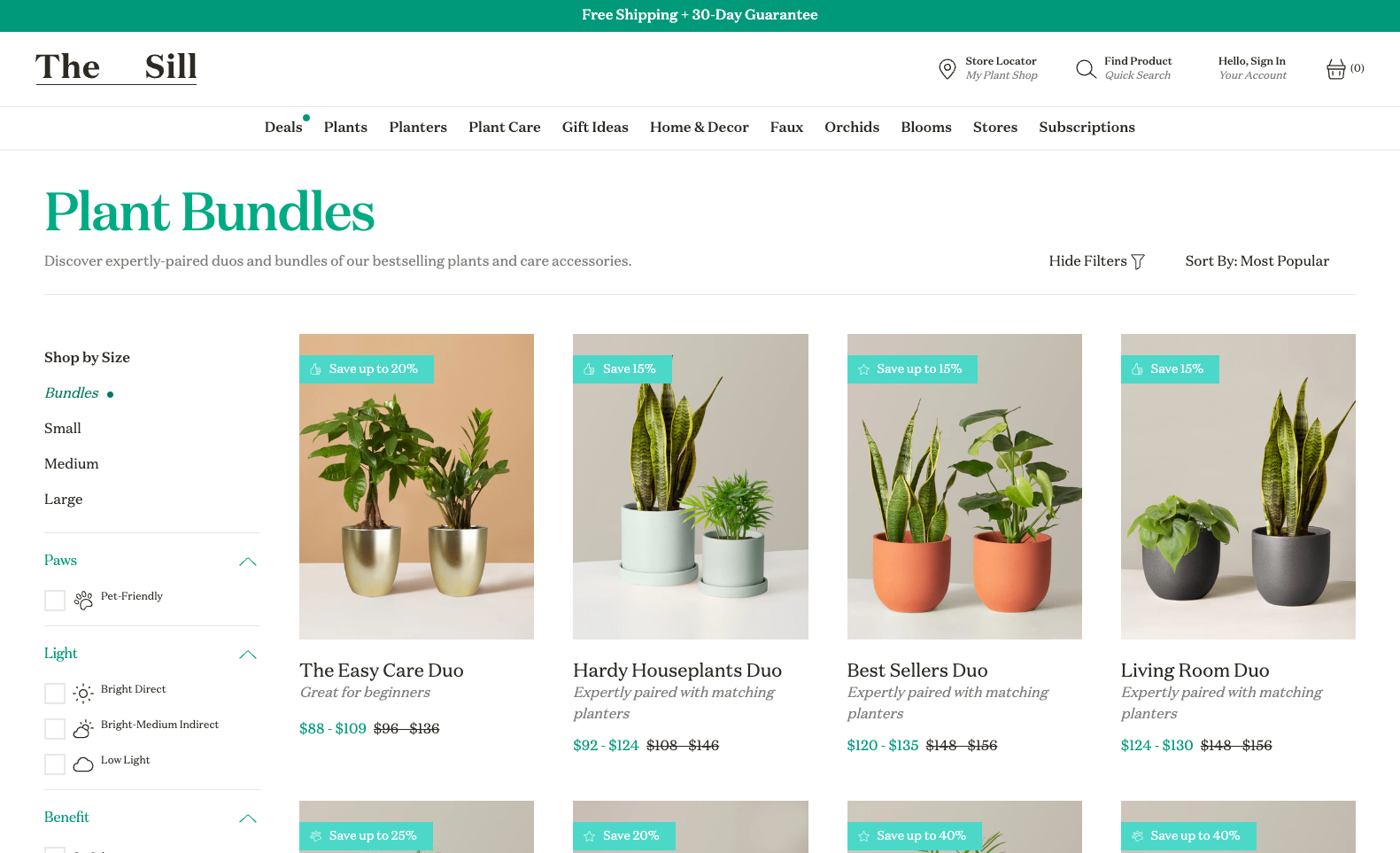
Everyone loves a good promotion or special offer. You can use this to your advantage to entice larger purchases. Product bundles and built-in discounts work exceptionally well, especially during the holiday season.
Black Friday and Cyber Monday present prime opportunities to boost AOV with bundle deals and site-wide sales. Creative promotions like free shipping thresholds increase the average amount customers spend by improving the perceived value from a customer standpoint. Offer free shipping to encourage customers to add more items to their carts. Even if the shipping costs are low, it’s an attractive incentive.
Without seasonal events, well-designed bundles with multiple products still add convenience for customers and make them more likely to spend more. Give them all three flavors of ice cream instead of just one. Or a shirt, shorts, and shoes to complete an outfit.
Leverage volume discounts and tiered pricing
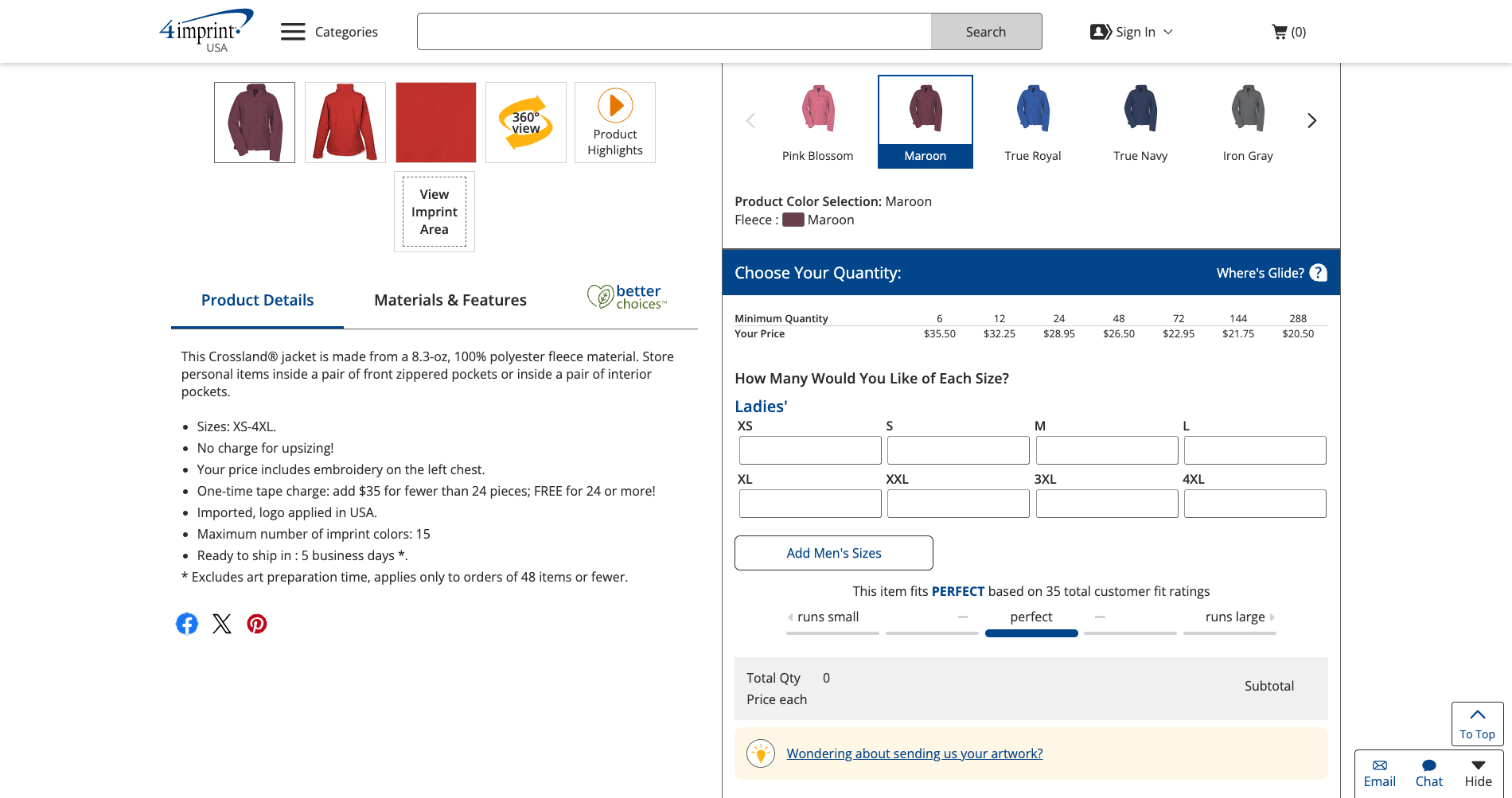
Along the same lines of bundles and promotions, tiered pricing or volume discounts employ psychological tricks that lift AOV. You’ve probably seen examples like:
Buy 2, Get 10% Off
Buy 3, Get 20% Off
Buy 5, Save 30%
This type of structured pricing rewards customers for buying in larger quantities. Which naturally results in bigger order sizes. The critical thing to remember is the more money customers think they’re saving, the more willing they’ll be to spend.
They tend to put aside normal spending inhibitions when confronted with attractive bulk or volume discounts. Their minimum spending limit and the Average Order Value go up.
Promote limited-time offers
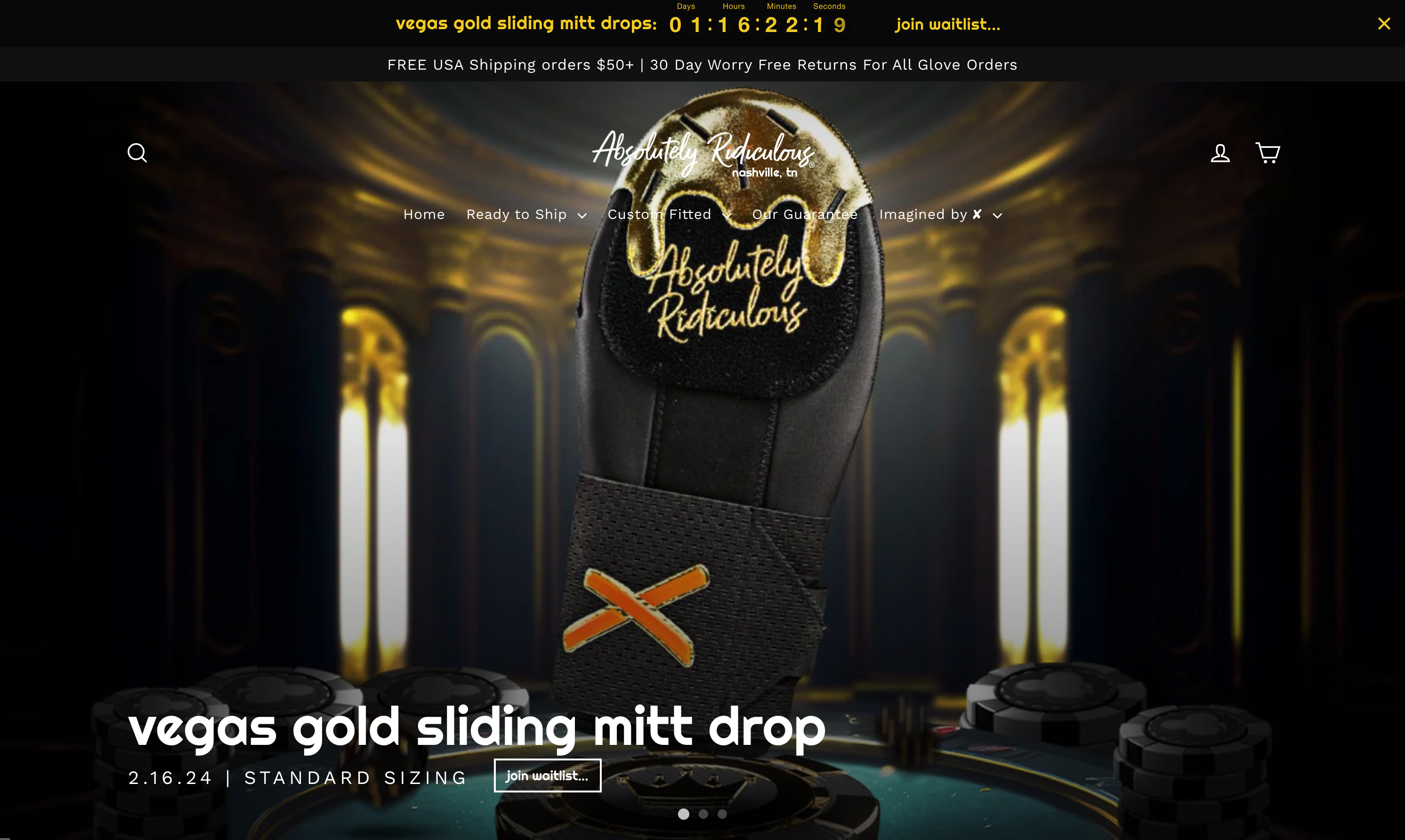
Time is money. And that applies ideally when using limited-time incentives to increase purchase value. The threat of missing out on a short-term deal or special promotion is an excellent motivator for increasing order sizes.
We often see this from online retailers with offers like “Today Only! 20% Off Spring Collection!” or “48-Hour Flash Sale! Buy More, Save More!”
This tactic plays into our natural fear of missing out (FOMO) on what seems like an exceptional bargain. By emphasizing the exclusivity and urgency of a promotion, you spark action and more significant purchases from more customers.
Even if a customer wasn’t looking to make a big order, the temptation of time-sensitive savings brings more revenue than usual. They are still determining if they will have another chance to get such a good deal, so they take advantage of it now.
Enhance the product presentation
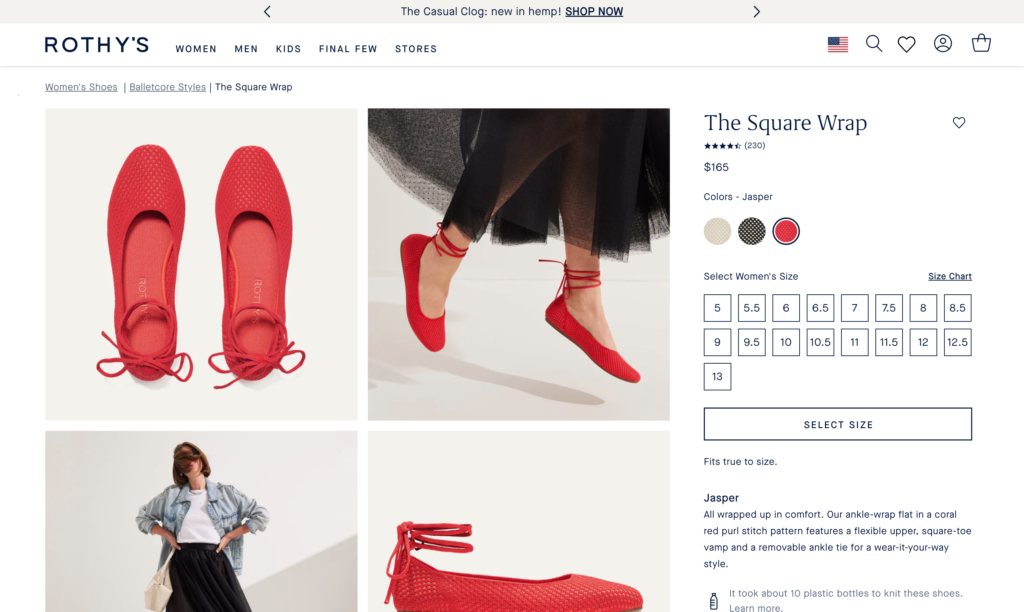
Now that we’ve gotten the basics let’s focus on more subtle methods and tricks that can increase average order value. One such trick is to enhance the presentation and descriptions of your products. Savvy ecommerce brands know product presentation and descriptions directly impact conversions and average transaction value.
Good content builds trust and perceived value with customers.
Let’s say a customer lands on a product page with low-quality or confusing content. There are no engaging descriptions, and photos are missing or hard to decipher. Chances are that visitors will leave without a second thought, even if that’s the product they were looking for.
Alternatively, product pages with vibrant images, detailed descriptions, specs, and positive customer reviews do the selling for you. They establish credibility and make the product seem higher quality. In turn, buyers have far more confidence about making the purchase. You can even raise the retail price (which is excellent for AOV) since customers will pay more for better-quality products.
Additionally, including social proof such as reviews or ratings can also increase perceived value and trust in your products.
Personalization: a game-changer for AOV
One of the most powerful tactics to increase average order value is personalization. Leveraging data from customer behavior, you can serve up tailored product recommendations matching individual customer interests. The ideal cross-sells, upsells, and promotions – are displayed at precisely the right moments.
The goal of personalization is knowing what customers want before they do. The stats speak for themselves. According to recent data, personalization increases AOV for 98% of online retailers.
The beauty is personalization works for email marketing campaigns, too. Segmenting your list based on past purchases lets you promote relevant products in campaigns. You are significantly boosting CTR and conversion rates.
The more dialed-in your personalization efforts, the higher your AOV will climb. It’s that simple. One recommended tactic is creating buyer personas, fictional representations of your ideal customer based on research and data. This enables you to understand their interests and buying habits better, creating more accurate and effective personalized marketing and pricing strategies.
Optimizing the checkout experience
The final steps before a customer hits “Purchase” represent prime real estate for increasing average order value. You have a captive audience. Their shopping carts are complete, with credit cards in hand. Now, it’s time to remove any last obstacles in their way and optimize the customer experience.
Streamlining the checkout process minimizes distractions for customers. It enables you to guide the focus toward impactful upsells or cross-sells when they count most. Tips like pre-filling checkout fields also lend themselves to higher order values by reducing friction.
Saving and showing past carts also help remind customers what they originally wanted to buy. Multiple payment options like PayPal or Apple Pay correlate to higher conversions and AOV.
The overarching goal is to eliminate barriers distracting customers from spending more money with you. Smooth their path from product selection to final checkout, and watch as your average transaction values rise in response.
Utilizing customer feedback to increase AOV
One of the best ways to find opportunities for higher average order value is by asking the customers. After all, they directly interact with your products and services. Collecting direct feedback through surveys, reviews, and social media conversations offers invaluable insights into purchase decisions. And this ties back to the average value.
Customers may want more sizing options before buying multiple items. They may prefer automatic re-ordering for routine purchases or seeking discounts to justify more oversized single orders.
Acting on this feedback guarantees that any AOV efforts stay aligned with buyer needs. The bonus is increased customer loyalty and retention from feeling “heard” by your brand.
MESA Template ID
add-post-purchase-survey-and-send-to-google-sheets
Loyalty programs and their impact on AOV
A good loyalty program is one of the best AOV optimization strategies is rewarding repeat customers. Loyalty and rewards programs are easy ways to raise the Shopify average order amount. For instance, offer a free gift if a minimum purchase value was reached or offering free shipping to repeat customers who sign up for a membership. They can accumulate points or rewards with each purchase or benefit from exclusive promotions and discounts.
There are a few reasons for this uptick:
Rewarding loyal customers then become emotionally invested in chasing status, discounts, and perks from a brand they love.
Tier structures motivate customers to keep spending to unlock better benefits.
Gamification triggers the desire for mastery and completion.
Members-only pricing makes customers feel special, plus nets them exclusive savings.
Customer loyalty programs offer ecommerce businesses valuable customer data as well. You gain more precise insight into purchasing habits and what motivates higher spending from your best shoppers. Use this intel to refine cross-sells, bundles, and promotions, increasing AOV over time.
Finally, since loyalty strengthens over time, these programs also increase another crucial metric. Customer Lifetime Value (CLV) represents how much money a customer spends on average with your brand over their entire lifetime.
MESA Template ID
add-free-product-to-order-with-discount-code
Monitoring and adjusting strategies for AOV growth
Like most things in ecommerce, increasing Shopify’s average order value requires ongoing testing and optimization based on performance. Routinely monitor your business health by looking at AOV and related important metrics using Shopify analytics and external tools like Google Analytics.
Track the impact of implemented promotions, product bundles, and checkout changes over 30, 60, or 90-day periods. If something works well, expand on it. If results disappoint, tweak your approach and try again.
Customer preferences also evolve. New product mixes alter natural purchase pairings. Online store growth unlocks possibilities like tiered pricing. You increase revenue from every opportunity by continuously assessing your AOV and pricing strategy against actual data.
Over time, all those small wins compound into meaningful growth. Your loyal customers become even more valuable to your brand, increasing AOV and total online sales year after year.
Conclusion
Now that you know how to increase average order value on your ecommerce store, it’s time to implement those tips. Boosting average order value directly fuels business growth by maximizing revenue from your existing customers. Based on data from Customer Acquisition Costs (CAC), it is significantly less expensive to earn more from current shoppers than to chase endless streams of new customers.
And the strategies covered today are just the start. There are always more opportunities to monetize customers better.
Want even faster and bigger AOV wins? Consider integrating tools like MESA, built specifically to help ecommerce owners automate workflows with no code.


